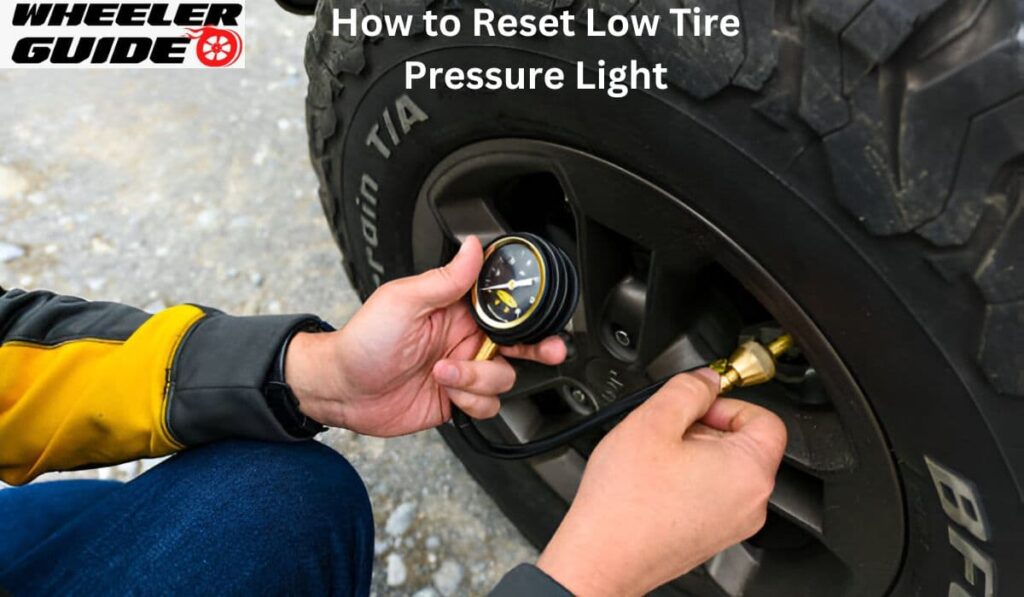Tire rotation is a key part of car maintenance that helps tires wear evenly and last longer. Many drivers can save money by doing this simple task at home instead of going to a shop.
To rotate tires, you’ll need a jack, jack stands, and a lug wrench. The exact rotation pattern depends on your car, so check your vehicle owner’s manual first. With the right tools and knowledge, most people can rotate their tires in about an hour.
Preparing for Tire Rotation
Before starting a tire rotation, it’s crucial to take safety precautions and gather the right tools. You’ll also need to know your tire type and the correct rotation pattern for your vehicle.
Safety Measures and Tools Required
To rotate tires safely, you’ll need a few key tools. A car jack and jack stands are essential for lifting the vehicle. Make sure to use sturdy jack stands rated for your car’s weight.
You’ll also need a lug wrench to remove the wheels. A torque wrench is important for properly tightening lug nuts after rotation.
Always work on a flat, level surface. Set the parking brake and chock the wheels that will remain on the ground. This prevents the car from rolling while you work.
Wear safety glasses to protect your eyes from debris. Gloves can provide a better grip and protect your hands.

Identifying Your Tire Type and Rotation Pattern
Start by checking if you have directional or non-directional tires. Directional tires have a specific tread pattern and must rotate front to back on the same side.
Non-directional tires offer more flexibility in rotation patterns. The pattern you use depends on your vehicle’s drive type:
- Front-wheel drive: Move the front tires straight back. Bring the rear tires to the front, switching sides.
- Rear-wheel drive: Move rear tires straight forward. Bring front tires to the back, switching sides.
- All-wheel drive: Cross tires in an X pattern.
Check your owner’s manual for the recommended rotation pattern. Some vehicles may have specific requirements.
Measure tread depth on all tires before rotating. This helps identify uneven wear patterns. Use a tread depth gauge for accurate measurements.
Executing the Tire Rotation
Proper execution of tire rotation ensures even wear and extends tire life. Safety and precision are key when lifting the vehicle and moving tires.
Lifting the Vehicle and Removing the Tires
Start by parking on a flat, solid surface and engaging the parking brake. Loosen the lug nuts slightly while the car is still on the ground.
Use a car jack to lift one corner of the vehicle, then place a jack stand under a secure support point. Repeat for the other corners until all four wheels are off the ground.
Remove the lug nuts completely and take off the tires. Set them aside in a pattern that matches your rotation plan.
Check the tire pressure with a gauge and adjust if needed. Inspect each tire for damage or uneven wear.

Rotating and Reattaching the Tires
Move the tires to their new positions based on your chosen rotation pattern. For most vehicles, this means moving the front tires straight back and the rear tires diagonally forward.
Place each tire on its new wheel hub. Hand-tighten the lug nuts to ensure proper alignment.
Lower the vehicle partially so the tires touch the ground but still bear some weight on the jack stands. Use a torque wrench to tighten the lug nuts to the manufacturer’s specifications.
Tighten in a star pattern for even pressure. Remove the jack stands and lower the vehicle completely. Double-check all lug nuts for proper torque.
Frequently Asked Questions
What is the correct tire rotation pattern for my vehicle?
The correct pattern depends on your vehicle’s drive type. For front-wheel drive cars, move the front tires straight back. The rear tires move diagonally to the front.
For rear-wheel drive, the rear tires move straight forward. The front tires move diagonally to the back. All-wheel drive vehicles often use a cross-pattern rotation.
What safety precautions should I take when rotating tires at home?
Always work on a flat, stable surface. Use jack stands to support the vehicle after lifting. Never rely solely on a jack. Wear safety glasses to protect your eyes from debris.
Ensure the parking brake is engaged. Loosen lug nuts slightly before lifting the vehicle. This makes removal easier once the tire is off the ground.
Do I need to torque the lug nuts to a specific setting after rotating my tires?
Yes, proper torque is essential. Use a torque wrench to tighten lug nuts to the manufacturer’s specifications. This ensures the wheels are secure without overtightening.
Consult your vehicle’s manual for the correct torque value. Typically, it ranges from 80 to 100 foot pounds for passenger cars.
How often should tire rotation be performed on a vehicle?
Most manufacturers recommend rotating tires every 5,000 to 8,000 miles. This interval may vary based on your driving habits and vehicle type.
Check your owner’s manual for specific recommendations. Some mechanics suggest rotating tires with every oil change as a simple way to remember.
How can I ensure even wear on all four tires through rotation?
Regular rotation helps distribute wear evenly. Follow the correct rotation pattern for your vehicle type.Maintain proper tire pressure and alignment. These factors contribute significantly to even wear. Address any suspension issues promptly, as they can cause uneven tire wear.
What are the consequences of not rotating tires at recommended intervals?
Skipping rotations leads to uneven tire wear. Front tires often wear faster, especially on front-wheel drive vehicles. This can result in reduced traction and handling.
Uneven wear may cause vibrations and noise. It can also shorten tire life, leading to more frequent and costly replacements. Regular rotations help maximize tire performance and lifespan.


